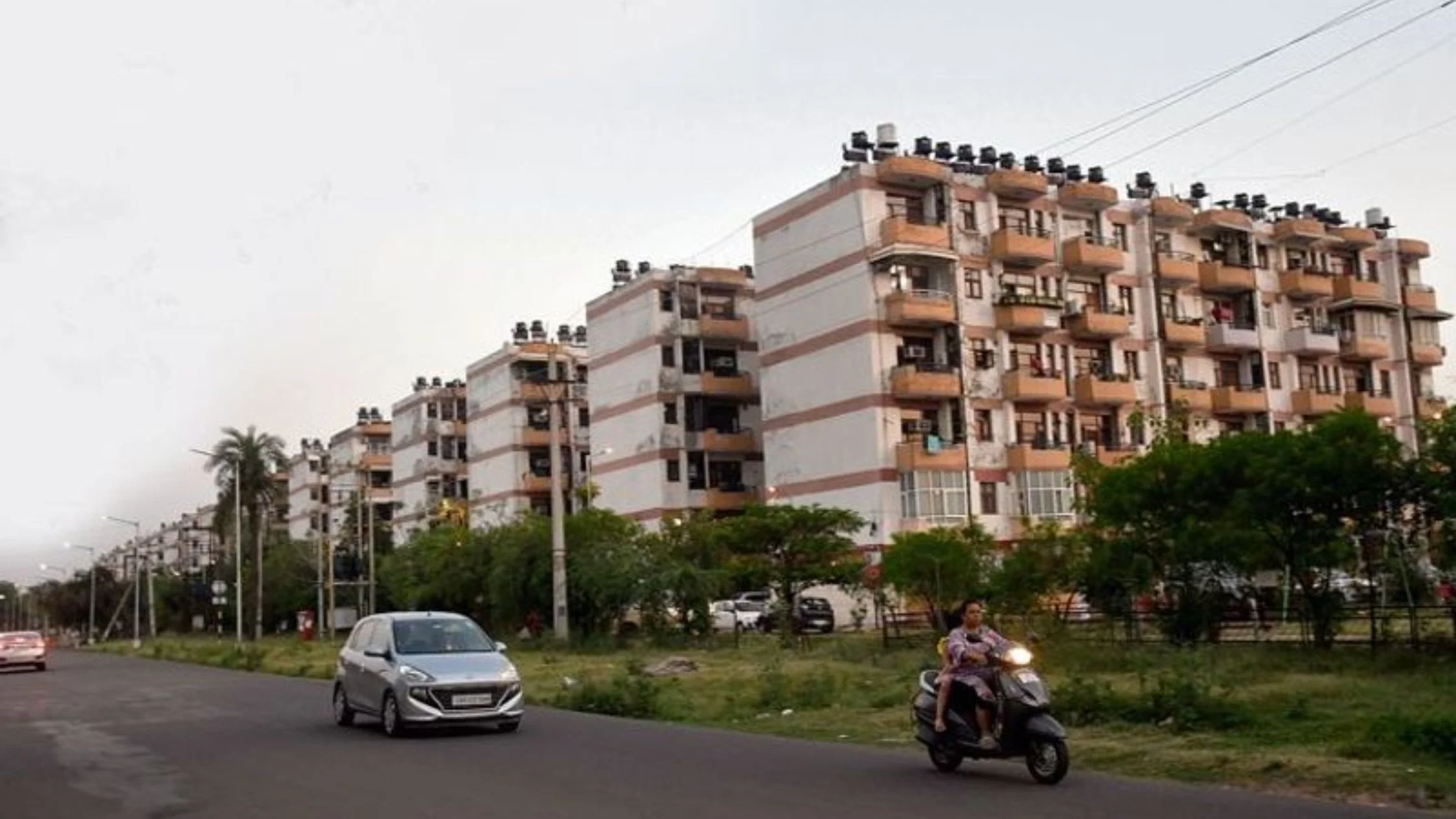Table of Content
Buying a home is a significant milestone, but it comes with substantial financial implications. Fortunately, the Indian Income Tax Act provides relief to homebuyers through various sections, one of which is Section 80EEA. This section offers a tax deduction on home loan interest, helping reduce your overall tax burden. In this article, we will explore Section 80EEA in detail, explaining how it works, eligibility criteria, benefits, and the process to claim the deduction. We will also include tables to illustrate potential savings and calculations.
What is Section 80EEA?
Section 80EEA of the Income Tax Act, 1961, was introduced in the Union Budget 2019 to provide an additional tax deduction for home loan interest payments. This section aims to encourage affordable housing and provide financial relief to homebuyers.
Under Section 80EEA, taxpayers can claim a deduction of up to ₹1.5 lakh per annum on the interest paid on home loans. This is over and above the deductions available under Section 24(b) and Section 80C.
Eligibility Criteria for Section 80EEA
To avail of the benefits under Section 80EEA, certain conditions must be met:
- Loan Taken for Residential Property: The deduction is applicable only if the home loan is taken for purchasing a residential property. The property must be used for self-occupation or rented out.
- Date of Loan Sanction: The home loan must be sanctioned between April 1, 2019, and March 31, 2022.
- First-Time Homebuyer: The taxpayer must be a first-time homebuyer, meaning they should not own any residential property as of the loan sanction date.
- Property Value Limit: The value of the residential property should not exceed ₹45 lakh.
- Income Limit: The taxpayer's income should be below ₹6 lakh per annum to benefit from the deduction under this section. However, this is an indirect benefit, as the primary criterion is the value of the property and not the income.
- Eligibility under Section 24(b): The deduction under Section 80EEA is available in addition to the ₹2 lakh deduction available under Section 24(b) for home loan interest.
Also Read: What is margin money in property purchase?
Benefits of Section 80EEA
- Increased Tax Savings: The deduction of up to ₹1.5 lakh under Section 80EEA reduces taxable income, thereby lowering the tax payable.
- Encourages Homeownership: By providing tax benefits, Section 80EEA encourages individuals to purchase homes, making it easier for first-time buyers to enter the real estate market.
- Additional Deduction: It offers an additional tax benefit over and above the existing deductions under Section 24(b) and Section 80C.
- Helps in Affordable Housing: The provision aims to support affordable housing projects, making homeownership more accessible to lower and middle-income groups.
How to Claim Deduction Under Section 80EEA
To claim the deduction under Section 80EEA, follow these steps:
- Ensure Eligibility: Verify that you meet all the eligibility criteria mentioned above.
- Maintain Documentation: Keep all relevant documents, such as the home loan sanction letter, payment receipts, and property registration documents.
- File Income Tax Return: While filing your income tax return, include the details of the home loan interest paid in the section related to deductions. Ensure you mention Section 80EEA specifically to claim the deduction.
- Submit Proofs: Although tax returns do not need to include physical copies of documents, you should keep them handy in case the Income Tax Department requests them.
Also Read: 10 Saving Strategies for First-Time Homebuyers
Example Calculation of Tax Savings
To illustrate the benefits of Section 80EEA, let's consider a few examples.
Example 1:
- Home Loan Amount: ₹30 lakh
- Interest Rate: 7%
- Interest Paid in a Financial Year: ₹2.1 lakh
- Eligible Deduction Under Section 80EEA: ₹1.5 lakh
- Additional Deduction Under Section 24(b): ₹2 lakh
Total Deduction Available: ₹1.5 lakh (Section 80EEA) + ₹2 lakh (Section 24(b)) = ₹3.5 lakh
Example 2:
- Home Loan Amount: ₹40 lakh
- Interest Rate: 8%
- Interest Paid in a Financial Year: ₹3.2 lakh
- Eligible Deduction Under Section 80EEA: ₹1.5 lakh
- Additional Deduction Under Section 24(b): ₹2 lakh
Total Deduction Available: ₹1.5 lakh (Section 80EEA) + ₹2 lakh (Section 24(b)) = ₹3.5 lakh
Tables Illustrating Potential Savings
|
Home Loan Amount |
Interest Rate |
Interest Paid |
Section 80EEA Deduction |
Section 24(b) Deduction |
Total Deduction |
|
₹30 lakh |
7% |
₹2.1 lakh |
₹1.5 lakh |
₹2 lakh |
₹3.5 lakh |
|
₹40 lakh |
8% |
₹3.2 lakh |
₹1.5 lakh |
₹2 lakh |
₹3.5 lakh |
|
₹25 lakh |
6% |
₹1.5 lakh |
₹1.5 lakh |
₹1.5 lakh |
₹3 lakh |
Common Misconceptions
- Misconception: Section 80EEA is only for individuals with low income.
- Fact: While income does play a role in eligibility, the primary criterion is that the property value must not exceed ₹45 lakh.
- Misconception: The deduction is only available for new homebuyers.
- Fact: It applies to all first-time homebuyers, regardless of whether they are buying a new or existing property.
- Misconception: The deduction under Section 80EEA is a one-time benefit.
- Fact: The deduction is available annually, provided the taxpayer meets the eligibility criteria each year.
Conclusion
Section 80EEA provides significant tax relief to first-time homebuyers by allowing a deduction of up to ₹1.5 lakh on home loan interest payments. This provision encourages affordable housing and supports individuals in managing their home loan repayments. By understanding the eligibility criteria and benefits, taxpayers can effectively utilize Section 80EEA to reduce their tax liability and make homeownership more accessible.
Ensure you keep track of all necessary documentation and include the deduction in your income tax return to avail of this benefit. As the real estate market continues to evolve, staying informed about such tax provisions can help you make better financial decisions and optimize your savings.
Also Read: Best Home Loan Offers 2024 - For The Upcoming Festival Season



_1758715186.webp)


_1765444636.webp)
_1765438259.webp)


Ans 1. Section 80EEA of the Income Tax Act provides an additional tax deduction of up to ₹1.5 lakh on the interest paid on home loans. This benefit is available to first-time homebuyers for loans sanctioned between April 1, 2019, and March 31, 2022.
Ans 2. To be eligible, you must be a first-time homebuyer, the home loan must be sanctioned between April 1, 2019, and March 31, 2022, and the value of the residential property should not exceed ₹45 lakh.
Ans 3. You can claim a maximum deduction of ₹1.5 lakh per annum on the interest paid on your home loan under Section 80EEA.
Ans 4. Yes, you can claim the deduction of up to ₹1.5 lakh under Section 80EEA in addition to the ₹2 lakh deduction available under Section 24(b) for home loan interest.
Ans 5. To claim the deduction, include the details of your home loan interest payments in your income tax return under Section 80EEA. Ensure you have all relevant documents like the home loan sanction letter and payment receipts.